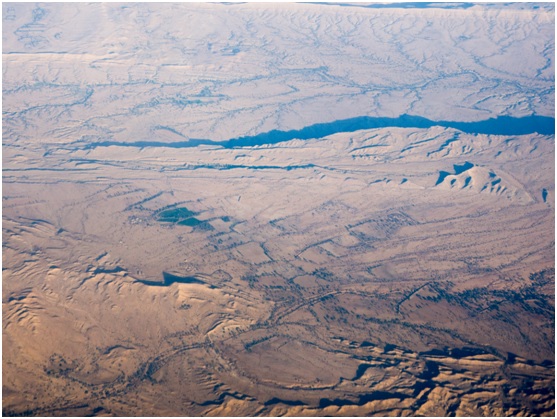Objectives
The key objectives of the Holocene Global Landuse IFG are:
- To build capacity, both through the continued development of an interdisciplinary research community linking scholars of human history with palaeoecologists and modelers, and through the establishment of new resources for data sharing and collaboration. While palaeoenvironmental data are increasingly being shared and archived (e.g. Neotoma), archaeological and historical data are rarely aggregated, and if so only on a regional scale (e.g. DINAA database), with comparison hampered by differences in data representation. A further issue HoLa is to approach the accessibility of “grey data” currently being held in unpublished reports.
- To develop data procedures and global database, formed through linked continental-scale databases and a bottom up approach to enable the collection of data from a wide network of collaborators. The dataset classifications and variables are designed in consultation with climate modelers to specifically address their concerns (evidence of burning, tillage, wood harvest, stock-raising, artificial wetlands etc.), though the databases will also have broader applications.
- To develop new INQUA-funded projects. This is already happening with the Mapping pre-Columbian land use in Amazonia (part one and part two) by U Lombardo and the South Asia pilot currently under development by A Bauer, K Morrison and M Madella.
- To support novel collaborations in which 1) ALCC modelers and others work to improve model parameters and assumption, and 2) which integrate historical land use data with land cover data, carbon cycles, methane levels, and other topics of interest.

